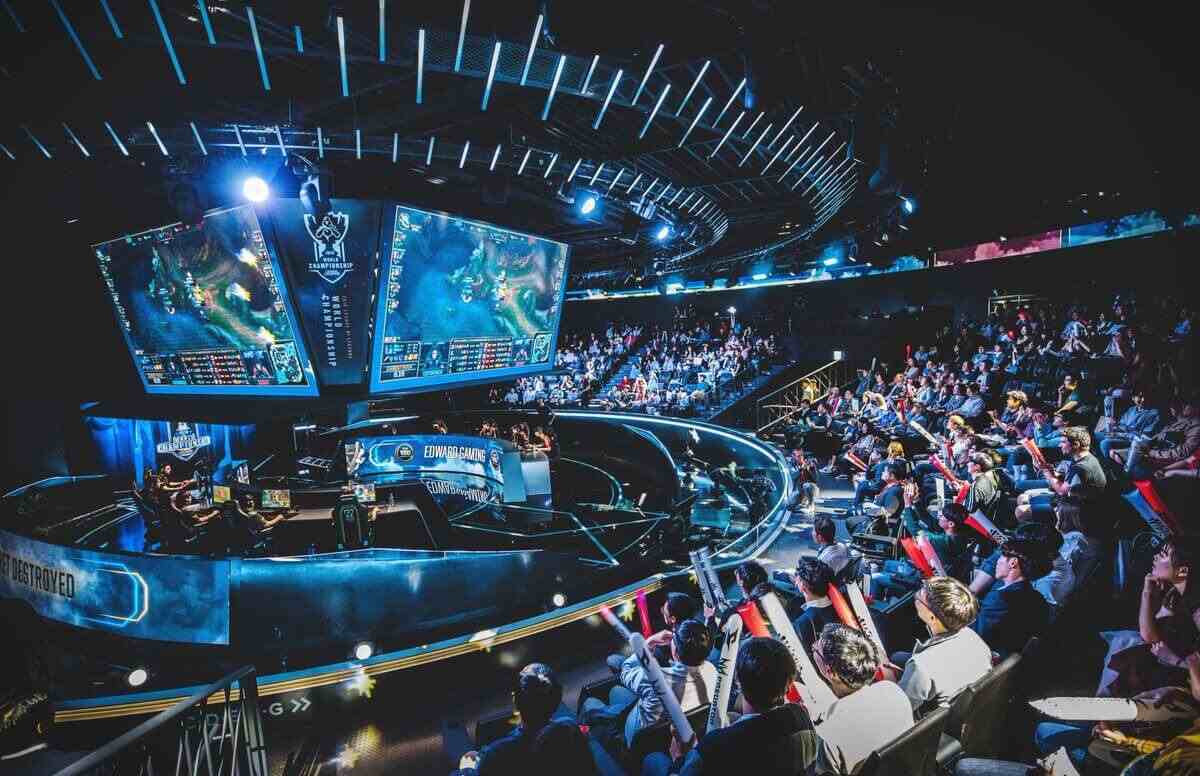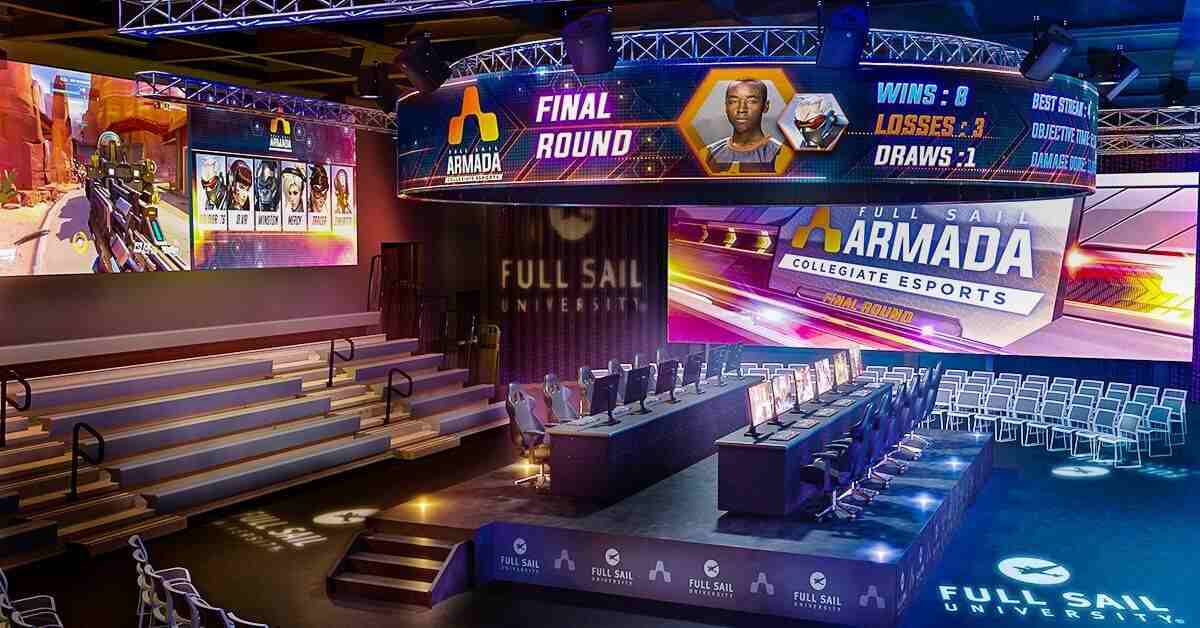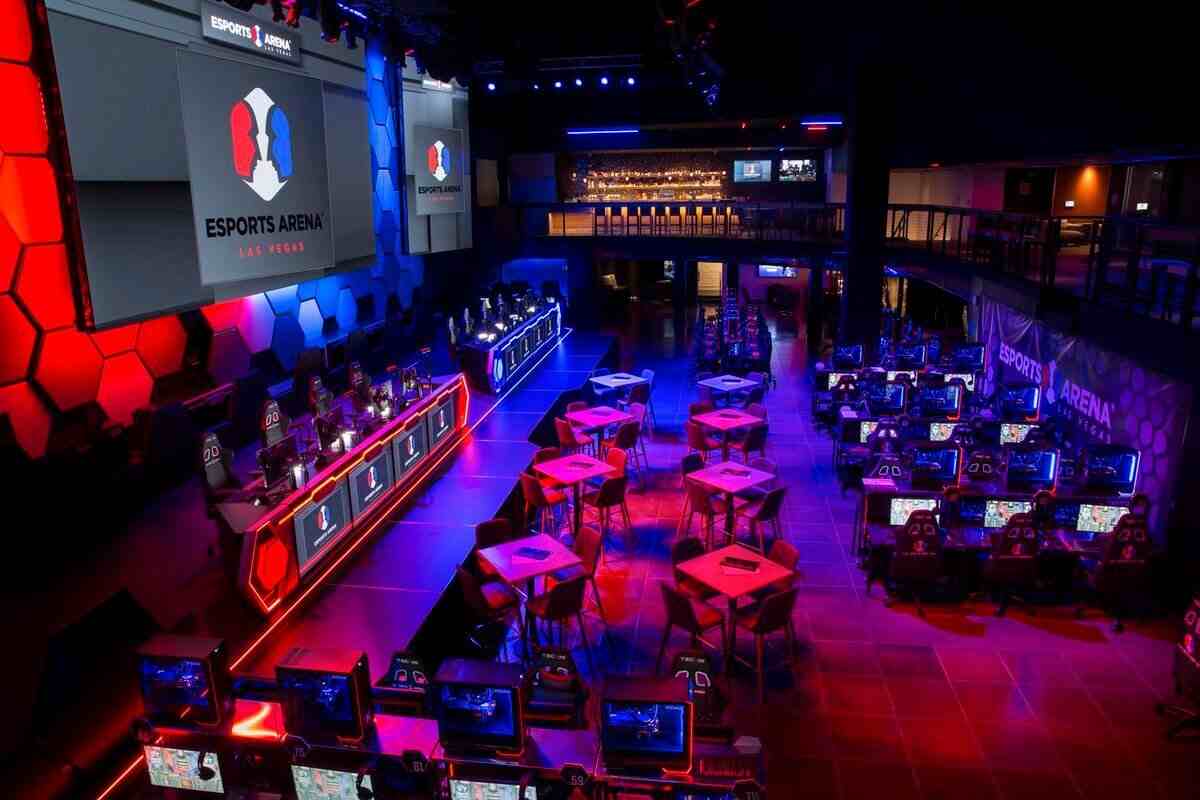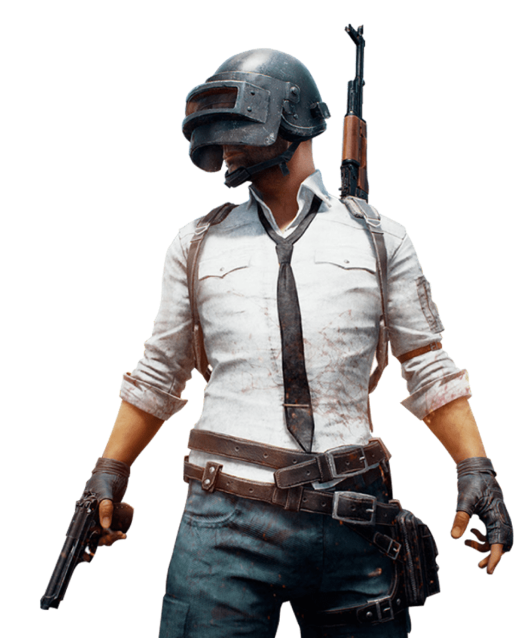Dedicated esports arenas are stand-alone facilities designed specifically for competitive gaming purposes. They could be used to host tournaments and stream online battles, can become training grounds for aspiring esports athletes, while also providing a place where gaming enthusiasts can find the best gear to play their favorite games.
Due to the lack of universal standards for such venues, there’s much freedom in architectural structure and available amenities for fans, players, and organizing staff. Some esports venues are retrofitted conference halls or production studios, some are ground-up constructions, and some are a part of an entire gaming village.
To address this matter, last year the International Esports Federation announced a partnership with DLA+ Architecture & Interior Design to create standardization guidelines for esports stadiums promoting safe and effective environments for competitive gaming. This is yet another step towards a global recognition of esports, so it can be considered in line with basketball, fencing, and other traditional sports.
There’s still a debate if esports can be called “a real sport”. There’s not much physical action, such as running and jumping, but there are significant aspects of esports that should be taken into account. First, several countries have already recognized esports as a competitive sport. Second, not all traditional sports involve physical activity. Chess is acknowledged by the International Olympic Committee as a sport, even though it never appeared in the Olympic program.
Third, much like chess, esports made history by being included as an official medal event at the 2023 Asian Games in Hangzhou. With the worldwide surge in popularity and professionalization of competitive gaming, it now seems more likely than ever that esports could one day earn a place on the official Olympic stage in 2025.
Every sport has its own temple. It means that there’s always a place where athletes get the most knowledge and training in their discipline. It’s where they can connect with people sharing the same passion and elevate their skills to compete with the best in their field. It’s stadiums for football, skating rinks for hockey – now there are arenas for esports. Let’s dive into top-notch venues around the world designed to blow your mind with high-end technology and engaging fan experience.
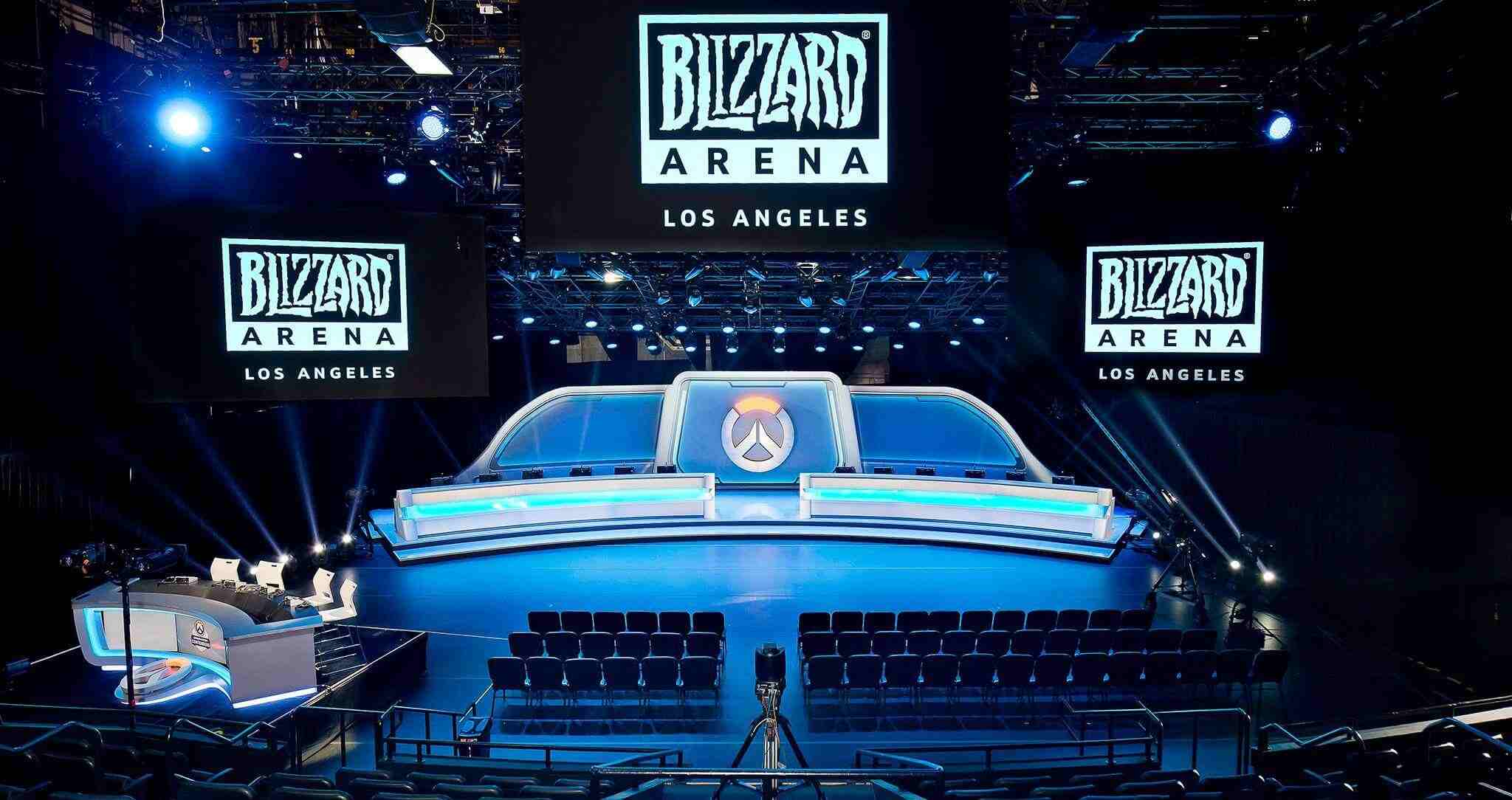
Location: Burbank, CA
Area: 6,875 sq. m.
Capacity: 450
Opened in 2017, Blizzard Arena conveniently occupied Burbank Studios, once a home to NBC’s famous “The Tonight Show”, and became one of two global esports gaming arenas owned by Blizzard – one in Burbank, another one in Taipei. Advantageous location of Blizzard Arena Los Angeles is associated with the fact that Burbank Studios were originally designed for live radio and TV broadcasting, allowing less effort to repurpose the venue for live esports events.
Welcoming fans with Blizzard Gear store containing merchandise of the playing teams, the 1000 sq m center stage is equipped to host 450 people in the audience and is customizable for competitions in various titles from Blizzard – Overwatch, Hearthstone, Starcraft II, and others. In the center of the stage there’s a 13,000 pixel wide LED screen showcasing the in-game action, while a huge LED halo rises above the stage to reflect the payload progression during each round of Overwatch. Fans are seated just a few meters away from players’ desks, and right behind them they can hear analysts commenting on a show from their spot. Hosts, guests, press – all get a skybox viewing opportunity to engage with the gaming process.
In comparison to traditional sports, everything’s happening very fast in gaming, so it is essential to keep up with every aspect of the gameplay – in-game action, players’ collaboration, analysts and showcasters commentary – simultaneously. That is why the support area of Blizzard Arena, where all the preliminary work for production is done, takes up the bigger part of the arena. Control rooms, audio rooms, observation rooms together combine substantial effort to provide the best experience for live audiences and those who watch shows online. It’s also fun to see modern tech next to legacy equipment of Burbank Studios from the 1950s carefully preserved by the Blizzard team for a display. Right next to mobile workstations for instant replay of game streams you can find analogue meters for Stage 1 that were used by “The Tonight Show” crew.
In 2019, right before the pandemic, Blizzard have announced a new home-and-away schedule of matches for Overwatch League. Starting in 2020, Overwatch clubs were supposed to arrange their home base arenas to host matches, while Burbank Studios together with Blizzard Arena were being acquired by Warner Bros. for expanded office space. And although fans are nostalgic about the arena and a great feel of proximity to favorite teams it provided, they are hopeful that Homestands will contribute to esports development locally with the same hype Blizzard Arena was famous for.
YOTA Arena

Location: Moscow, Russia
Area: 5,000 sq. m.
Capacity: 1000
YOTA Arena is a go-to place for gaming enthusiasts in Moscow, as it contains a LAN-center, Fragstore with esports merchandise, private gaming rooms with consoles, and a huge themed area for watching tournaments online.
The primary goal of YOTA Arena is to change the attitude towards esports, and gamers in particular. ESforce, Russian cybersport holding behind the arena, believes that modern esports fans need a place where they feel welcomed and comfortable. At the same time, when skeptics arrive at the venue and see world-class technology and premium services for competitive gaming, they will experience a shift in recognition of esport as a mature, esteemed industry.
Since its opening in 2017, Moscow’s YOTA Arena has hosted several tournaments. Among them was the finals of the Student League with a prize pool worth $27,000. More than 6,000 students from all over the country showed their skills in Dota 2, CS:GO, Hearthstone, Warcraft III: Reforged, and Clash Royale. The finals were held in Cyber Loft, YOTA Arena’s own LAN-center for 90 people, equipped with 34” LG Ultrawide screens, robust rigs Intel Core i7-6700K, and comfy DXracer Drifter chairs at each gaming desk. Another notable event held at YOTA facilities was a FIFA 20 bonus match during the Russian Interactive Football Cup, where the best Russian football players tried their skills against each other on the virtual fields of PS4.
Most visitors would agree that the wow-factor of the venue is in its themed interior design. Vault doors from the Fallout series, the Iron Throne from Game of Thrones, a display of retro gaming equipment mounted into a futuristic wall – all creates an exciting atmosphere for those enjoying esports stadium events at YOTA. Its bar is integrated into the VR zone, enabling visitors to order drinks in virtual reality and get them on the spot while playing. The pride of the venue is a 100 sq m LED screen for live broadcasts of esports events.



